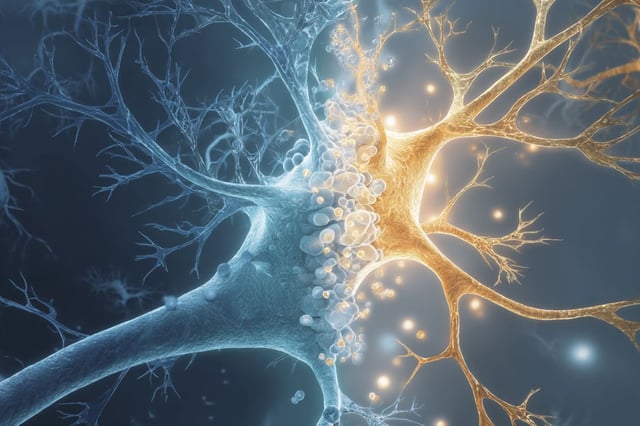Overview
- Adult mice exposed to early-life stress showed elevated corticosterone with opposite activity shifts by sex, with females less active at night and males more active during the day.
- Astrocytes in the lateral hypothalamus became smaller with fewer branches after stress exposure, with the morphological loss more pronounced in females.
- Orexin-producing neurons mirrored the behavioral split, with hyperactivity in males and hypoactivity in females following early-life stress.
- Researchers modeled adversity by separating pups from their mothers for four hours daily over 10 days during a critical developmental window analogous to early childhood.
- Deleting glucocorticoid receptors specifically in lateral-hypothalamic astrocytes restored astrocyte complexity, normalized orexin activity, and rescued behavior, while authors caution that translation to humans remains uncertain.


